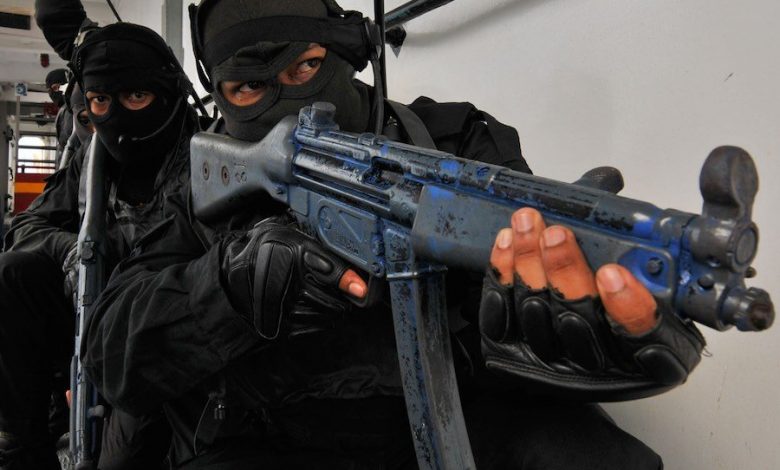Securing the seas

Paul French provides a roundup of the latest books covering maritime security.
Maritime security is an issue nobody operating in today’s shipping world can ignore. The sheer range of issues that need to be thought about grows all the time – from the age old problems of cargo theft and piracy through to newer threats such as illicit transport of weapons of mass destruction and cargo manifest cyber-security. A number of recent books address the legion of problems shippers can encounter.
Michael McNicholas’s Maritime Security: An Introduction is a good place to start. Essentially a ‘how to’ guide to the field it covers both portside and shipboard security issues, the range of threats that currently exist; and what security policies, procedures, systems, and measures must be implemented to mitigate these threats. This is actually the second edition of McNicholas’s guide and now covers very contemporary problems such as illegal migration and the problems of people trafficking by seas, transnational crime and smuggling as well as the latest UN legal conventions and frameworks. McNicholas, whose day job is managing director of Phoenix Management Services in the US, believes that the best way to ameliorate threats is at the primary “choke points” – the load seaports and their ships.
National governments and multinational bodies have a major role to play in guaranteeing and enforcing maritime security. Paul Shemella’s Global Responses to Maritime Violence: Cooperation and Collective Action looks at what governments can do, short of all-out war, to protect maritime security. As with McNicholas’s book, the range of issues is broad and growing annually; Shemella, a retired US Navy captain and now working with the Center for Civil-Military Relations at Naval Postgraduate School in California, looks closely at issues such as terrorism and illegal fishing as well as armed robbery at sea and drug smuggling. Shemella is a harsh realist believing that guaranteeing maritime safety is a “wicked problem” with no ultimate solution, but that governments and international agencies can better prepare their responses to threats in conjunction with port operators and shippers.
Somalia and the Horn of Africa have been perhaps the most problematic areas for maritime safety in recent years – piracy, smuggling, armed robbery, illegal fishing have all featured in these waters. The global response to the problem involved many nations from the US to China and, of course, African nations. What did we learn from the experience? Mugambi Kiogora’s Turning the Tide: International Responses to Maritime Piracy in Somalia looks at the lessons. What Kiogora believes we learnt was that multinational naval efforts in conjunction with shipping lines were essential. However, everyone involved also needed to understand the problems in the Gulf of Aden and Somalia’s coastal communities to a greater extent. The simple conclusion is that navies and shippers cannot totally secure their waters, vessels and cargoes unless a similar effort at security takes places in the coastal nations where the threats emanate from. This, it appears, is as true of piracy in Somalia as it is of armed robbery in the Malacca Straits and people smuggling in the Mediterranean. Trouble onshore will ultimately mean trouble at sea.
This article first appeared in the latest edition of Maritime CEO magazine. Readers can access the full magazine for free by clicking here.

That last sentence sums up the situation perfectly.